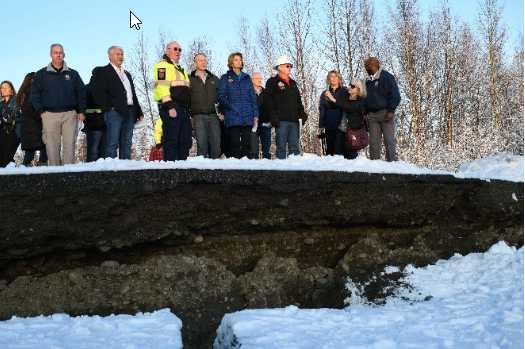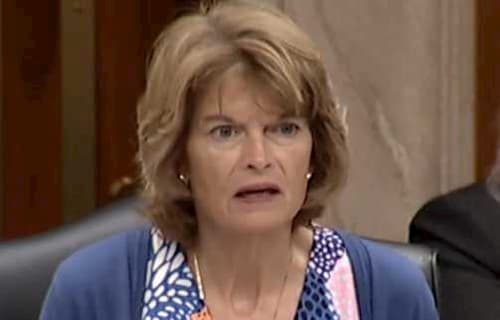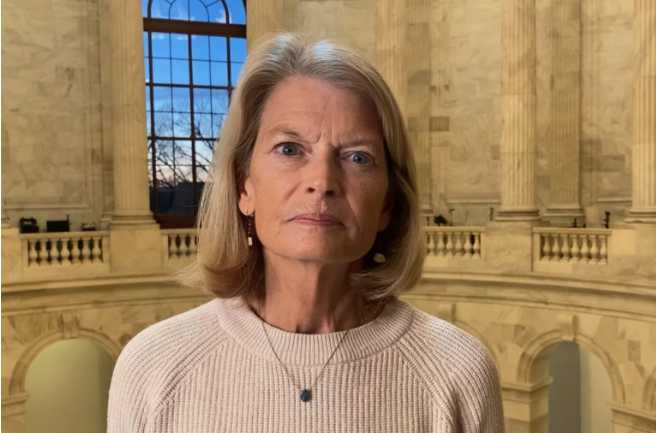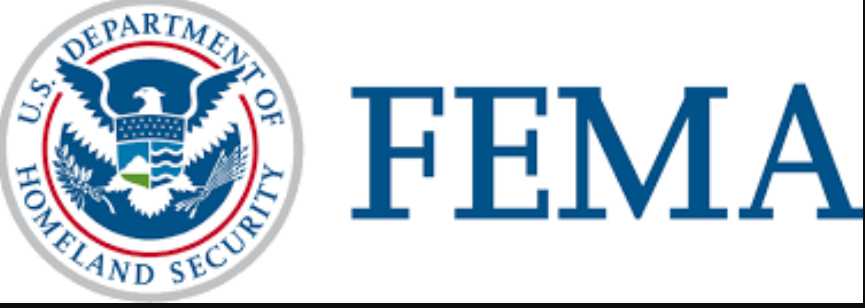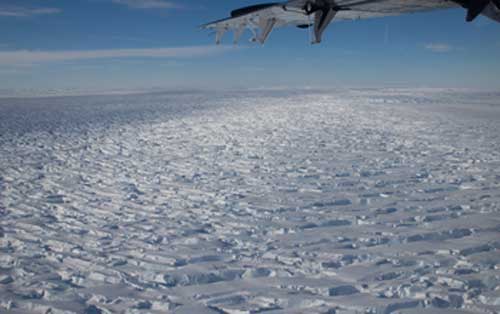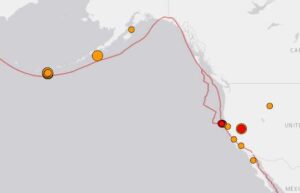
Washington, D.C. —U.S. Senators Lisa Murkowski (R-Alaska) and Alex Padilla (D-Calif.) announced that the Senate Thursday night passed their bipartisan legislation to reauthorize the National Earthquake Hazards Reduction Program (NEHRP) through Fiscal Year 2028 (FY28). The legislation now heads to the U.S. House of Representatives.
The bill would authorize a total of $175.4 million per year from FY24-FY28 across the four federal agencies responsible for long-term earthquake risk reduction under NEHRP: the Federal Emergency Management Agency (FEMA), the National Institute of Standards and Technology (NIST), the National Science Foundation (NSF), and the United States Geological Survey (USGS).
“Alaska faces significant earthquake risks as the most seismically active state— our communities must be prepared,” said Senator Murkowski. “The National Earthquake Hazards Reduction Program Reauthorization Act provides crucial funding to federal agencies for the research, development, and implementation of earthquake safety procedures. The earthquake yesterday in Northern California is a sober reminder of how critical these readiness measures are.”
“As yesterday’s devastating Northern California earthquakes remind us, it is never a matter of if, but when the next major earthquake will strike,” said Senator Padilla. “The National Earthquake Hazards Reduction Program supports crucial tools like the ShakeAlert Earthquake Early Warning System, advances scientific understanding of earthquakes, and strengthens earthquake resilience in communities nationwide. With the safety of our communities at stake, we must stay vigilant. After today’s unanimous Senate passage, I will push my House colleagues to pass this bill to reauthorize this critical program as soon as possible.”
“For nearly five decades, NEHRP has been the key to helping Alaskans live in earthquake country. It powers the nation’s earthquake and tsunami monitoring. Knowledge from this program is why we are able to construct buildings that don’t collapse during tremors. And this latest reauthorization lays the groundwork to soon provide Alaskans with early warnings of earthquakes before the ground even begins to shake,” said Michael West, State Seismologist for the Alaska Earthquake Center. “Senator Murkowski’s long-time leadership on earthquake issues has made sure that Alaska’s needs are not left behind by Lower 48 priorities.”
“The Senator and I met with Alaskans throughout southcentral Alaska following the catastrophic Cook Inlet earthquake in 2018,” said Bryan Fisher, Director of the Alaska Division of Homeland Security and Emergency Management. “NEHRP is an essential program for us to protect lives, property, and the environment following an earthquake or tsunami. I want to thank the Senator for her leadership in reauthorizing this program.”
Specifically, the NEHRP Reauthorization Act of 2024 would authorize $10.6 million for FEMA, $5.9 million for NIST, $58 million for NSF, and $100.9 million for USGS per year from FY 2024-2028. This funding would support research, development, and implementation activities related to earthquake safety and risk reduction.
This NEHRP reauthorization includes:
- Directing state and local entities to inventory high risk buildings and structures,
- Expanding seismic events to include earthquake-caused tsunamis;
- Providing more technical assistance to Tribal governments; and
- Improving mitigation for earthquake-connected hazards.
Alaska faces substantial earthquake risks as the most seismically-active state, and all Alaskans live with earthquake hazards. According to the Alaska Earthquake Center, over 220,000 earthquakes were reported in Alaska over the last five years, with 26 earthquakes having a magnitude of 6.0 or greater. Notably, the most powerful earthquake to strike North America was the 9.2 1964 Good Friday Earthquake in 1964, which lasted nearly five minutes and left 118 dead, and thousands more without shelter.
The NEHRP Reauthorization Act of 2024 is endorsed by the American Society of Civil Engineers (ASCE), BuildStrong America, Earthquake Engineering Research Institute (EERI), International Code Council (ICC), the National Council of Structural Engineers Associations (NCSEA), the National Institute of Building Sciences (NIBS), and the Seismological Society of America.
[content id=”79272″]

